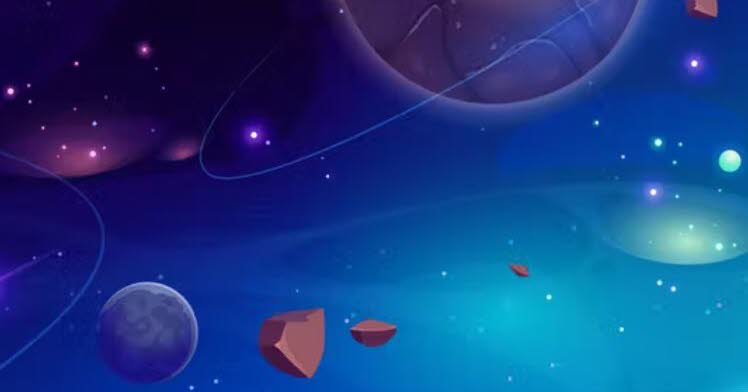
“Why are planets round and not any other shape?”
As soon as one thinks of the familiar celestial body shape, the Earth, the Sun, the Moon, the planets, it is the sphere that comes to mind.
But once we see the main members of the Sun family, our curiosity can lead us to visit other stars. And there is a surprise: it seems that the common law is no longer in force. Mars, for example, has two satellites that are not spherical. Its dimensions are in the tens of kilometers, it looks like large stones. Halley’s Comet, whose last visit near Earth dates back to 1986, was photographed on this occasion: it is also like a large pebble about ten kilometers long.
Why are large orbs spherical while small are not? Is there anything in their history that radically distinguishes them from each other?
The answer is yes and it depends on how the star system is formed: a star and all the things that revolve around it. What we understand today is as follows: after a violent event in a galaxy, such as a supernova explosion (the explosion of a large star at the end of its life), a cloud of gas and dust begins to collapse on itself.
This collapse is accompanied by a rise in temperature at all levels: the temperature of the central star, whose temperature reaches several million degrees. Those rocky planets too, which by pressing will reach temperatures of thousands of degrees; Even gaseous planets far from the sun. Our initial question turns into this: Why a spherical liquid or gaseous celestial body?
kitchen experiments
As a result, we can observe around us the shapes that liquids and gases take. Let’s start with a question. Here is a series of simple experiments that everyone can do in their own kitchen to answer the question.
1Dr expertise : We pour (gently) a little olive oil into a glass of water; Oil is known to form a thin film on the surface of the water.
2e expertise : we pour (also gently) a little oil into a glass of methylated spirit; We see that the oil sinks to the bottom of the glass and forms a film at the bottom of the glass.
Oil is less dense than water and more dense than alcohol. In the first case, it is subject to a force called buoyancy greater than its own weight, which causes it to float to the surface. In the second case, this thrust is not enough and the oil remains at the bottom. What happens now if you pour water (gently) into the alcohol glass? As water and alcohol mix, the density of the mixture increases little by little, so does Archimedes’ impulse of the mixture and there comes a time when the mixture and the oil are of the same density. What is the oil like at this time?
Look: we get beautiful spherical drops of oil floating in the mixture!
What does this experience tell us?
Oil molecules attract each other and are also subject to Earth’s gravity. When the mixture of water and alcohol has the same density as oil, everything happens as if gravity is suppressed, because Archimedes’ thrust compensates for the weight, and he found that under these conditions the oil takes on a spherical shape. This is the most compact form possible.
The problem of physics has become an engineering problem: what exactly does “the most compact form” mean? It is the figure that, with respect to a given volume, has the smallest surface, or equivalently, the figure that has the largest volume in relation to a given surface. It can be shown that it is the domain that satisfies these two possible definitions.
The fluid, which is subject to internal forces alone, always adopts a spherical configuration. That is why rocky planets, such as Earth, formed in a liquid state, have a spherical shape. And also why objects that have always been solid, such as asteroids and comets, are not spherical.
What about gaseous orbs? On Earth, gas occupies all the volume available to it, and gravity is not enough to play a role. But when it comes to a large mass of gas, it is different, gravity can hold it in a compressed form. Starting with the Sun, or Jupiter, whose mass is one thousandth the mass of the Sun (and about 300 times the mass of the Earth), or Saturn, whose mass is about 100 times the mass of the Earth.

“Organizer. Social media geek. General communicator. Bacon scholar. Proud pop culture trailblazer.”
